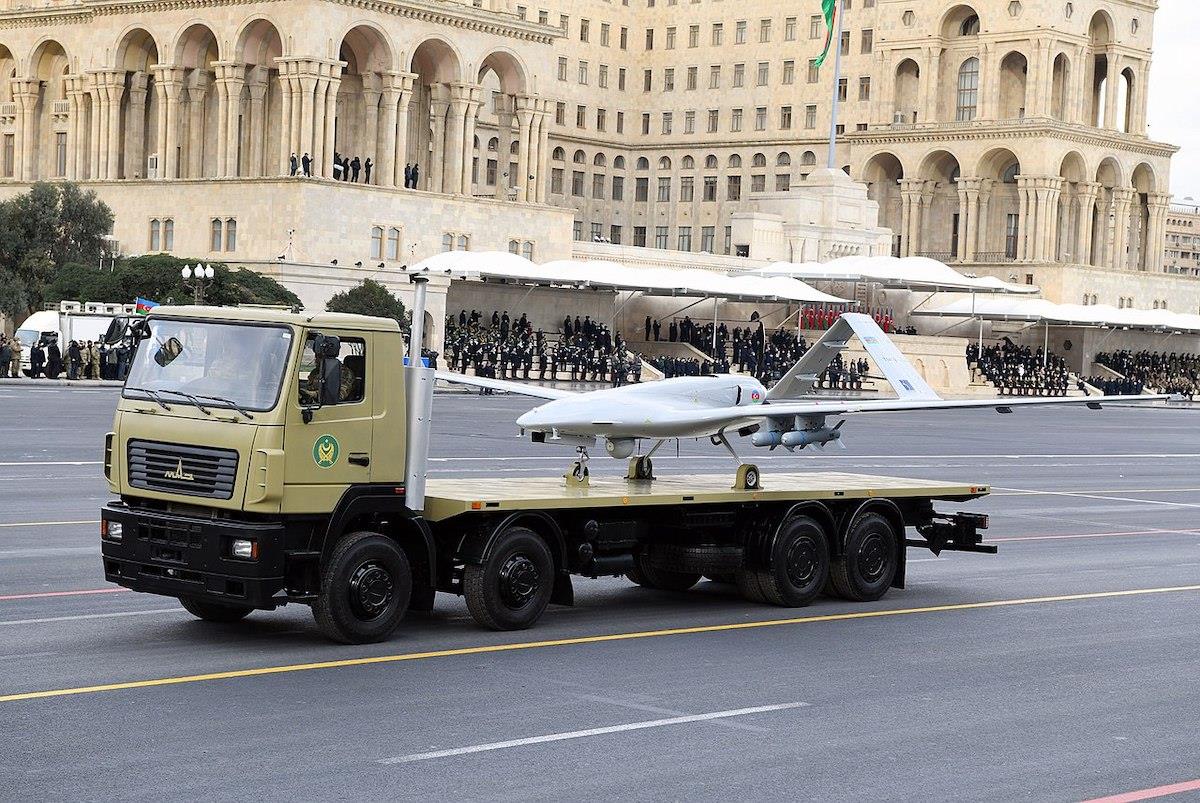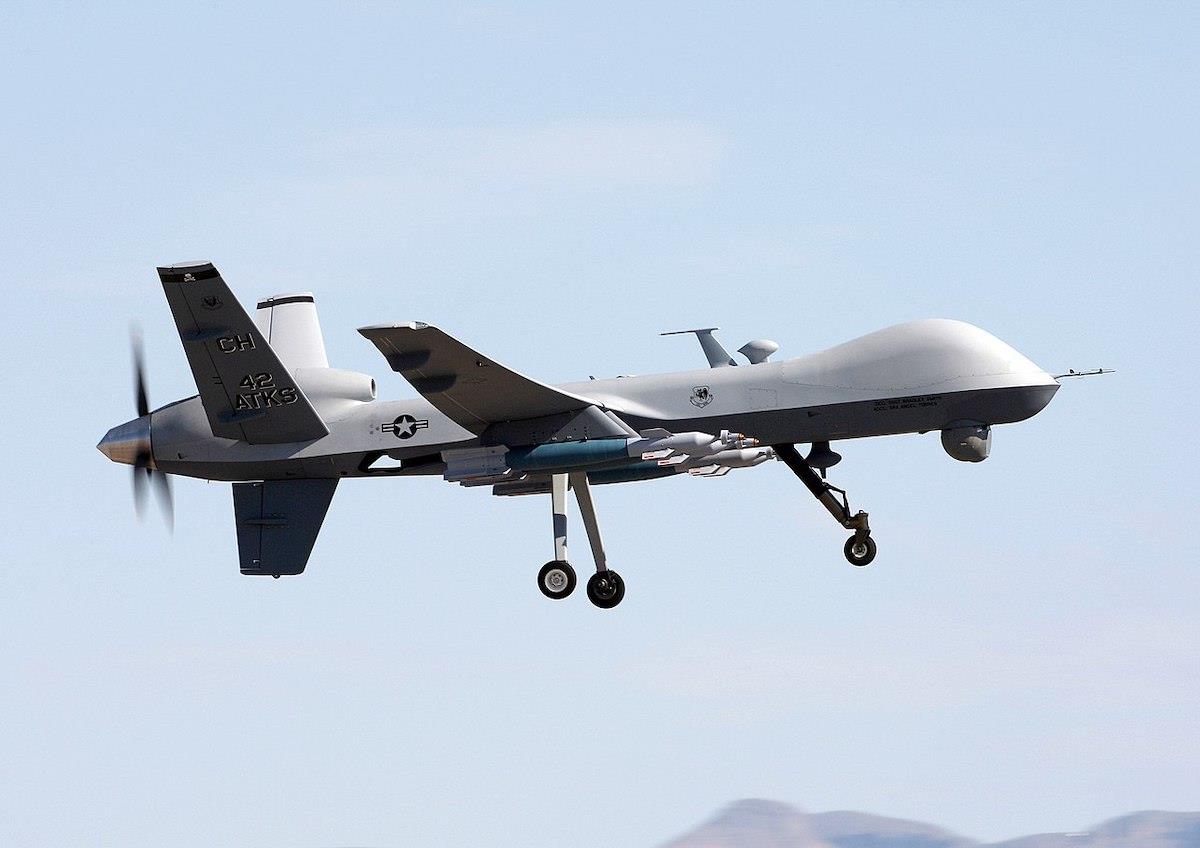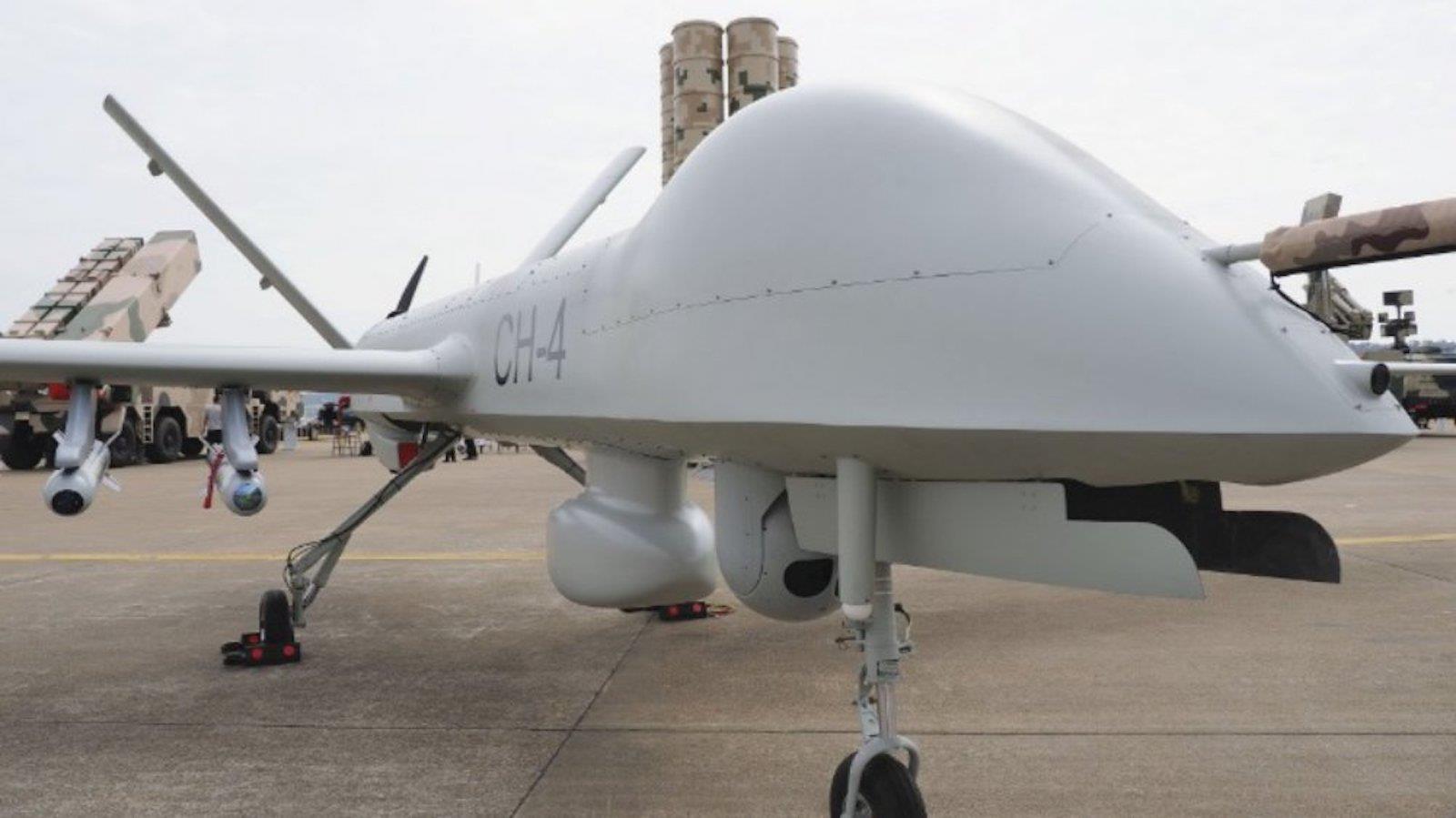(MENAFN- Asia Times)
Few modern weapons have reached the iconic status of Turkey's Bayraktar TB2 drone. Grainy footage from the drone's cameras showing hapless targets in Syria, Nagorno-Karabakh and Ukraine war zones being blown up by its laser-guided bombs have cemented its reputation as a highly effective, lethal weapon.
The drone first gained international attention during the 2020 Nagorno-Karabakh conflict, where Azerbaijan's TB2 fleet was crucial in determining the outcome of the war.
Azerbaijan's modernized armed forces used the TB2 to great effect against the Armenians, who attempted to re-use the tactics, techniques and procedures that won them previous conflicts in the region in 1994.
More recently, the TB2 has been instrumental in Ukraine's resistance against Russia's invasion, inflicting huge losses against Russian forces and possibly playing key roles in some of the most significant casualties of the war, such as the sinking of the Russian cruiser Moskva and critically damaging the frigate Admiral Essen.
These successes have put the TB2 and Turkey's burgeoning drone industry into the international spotlight, carving a niche for Turkey in today's growing market for combat drones and positioning it as a strong player against larger drone manufacturers such as the US and China.
The TB2 is classified as a medium altitude long endurance (MALE) drone, referring to systems that normally fly between 10,000 and 30,000 feet with an endurance of 24 to 48 hours.
According to Baykar , the drone's manufacturer, the TB2 has an operational altitude of 18,000 feet, a 27,000-feet service ceiling, 27-hour endurance and 70-120 knots cruising speed. It can carry four laser-guided munitions and can perform target designation roles using its onboard laser designator.

A Bayraktar TB2 drone at a victory parade in Baku, Azerbaijan. Photo: WikiCommons
Other drones in the same category include the US-made MQ-9 Reaper and Chinese-manufactured CH-4B Cai Hong . While the TB2 may be nowhere near as advanced as these drones, it compares quite favorably in terms of cost, range, armaments, payload and available support compared.
The TB2 is cost-effective for potential buyers at US$5 million per unit , in contrast to the MQ-9's $32 million price tag and the $4 million per unit price of the CH-4B . The TB2 has also proven itself reliable in combat, in contrast with the CH-4B, which is reportedly plagued with maintenance issues and accidents. Jordan opted to sell its entire CH-4B fleet after only three years of service.
Range is another key difference. The TB2 has a range of only 300 kilometers, in contrast to The MQ-9's 1,850 kilometers and the CH-4B's 2,750 kilometers.
In contrast to the US and Chinese drones, which are used largely in strategic-level intelligence, surveillance and reconnaissance (ISR) roles over wide swathes of territory such as in Afghanistan, Iraq, Xinjiang and the South China Sea, the TB2 is used in more tactical battlefield roles such as target designation and precision strikes.
The shorter range also reduces operating and maintenance costs, which are key considerations for cash-strapped armed forces.
The TB2 also has a rather small 150-kilogram payload capacity, usually equipped with four Turkish-made MAM-L and MAM-C laser-guided bombs. The MAM-L is a 22-kilogram micro munition with a 15-kilometer range, while the MAM-C is a smaller 6.5-kilogram munition with a range of 8 kilometers.
Earlier versions of the TB2 used UK-made Hornet bomb racks, allowing compatibility with Western guided munitions. The Turkish-made bomb racks maintain compatibility with Western armaments, as shown by the US plan to arm Ukraine's TB2's with light Advanced Precision Kill Weapon System (APKWS) rockets.

A US-made MQ-9 Reaper during a training mission on June 9, 2009. Photo: WikiCommons / US Air Force / Paul Ridgeway
Payloads and targets
This gives the drones low-cost standoff capability, increased effectiveness against moving targets and the possibility of carrying six rockets instead of four laser-guided bombs.
However, the TB2's light payload restricts it to attacking small targets, such as tanks, light armored vehicles, soft-skinned vehicles and unprotected personnel. Its capability against larger, more important targets such as major surface warships and fortified bunkers is so far unproven.
In comparison, the MQ-9 and CH-4B carry larger payloads and have a more varied choice of munitions. The MQ-9 has a 1,701-kilogram payload and can deploy eight Hellfire air-to-ground missiles or combined with 227-kilogram Paveway II laser-guided bombs.
The CH-4B has a smaller payload of 250 to 345 kilograms and can carry a variety of Chinese-made air-to-ground missiles and laser-guided bombs.
The TB2 is a centerpiece of Turkey's no-strings-attached“drone diplomacy ,” which allows it to escape ostracism and isolation from Europe and the US while at the same time building new partnerships with client states.
Drone diplomacy also gives Turkey profitable long-term partnerships on sales of spare parts, munitions, training, maintenance and other technical assistance.
However, Turkey's drone industry may not be as independent as it seems, as the TB2 extensively uses foreign-made components from Canada, the UK, France, Germany, Austria and the US.
Turkey may require permission from these countries to export the TB2, which may hobble its drone diplomacy efforts in certain locales, especially with sales to countries facing human rights controversies.
While Turkey has strived to lessen its dependence on foreign technology, it still faces difficulty manufacturing indigenously critical components such as engines, microchips and sensors.
In contrast, the US has traditionally upheld a restrictive policy on drone exports , only approving sales of the technology to its closest allies such as the UK, Australia, Japan and France.
Under the Barack Obama administration, US drone sales were considered on a case-to-case basis and customers were required to agree to end-user conditions, end-use monitoring and principles of proper use before sales were authorized.
This restrictive policy has allowed other players such as Israel and Turkey to capture significant shares of the potential market for US drones.
The Trump administration loosened US policy on drone sales, with the Biden administration continuing the policy, which may start to cut into Turkey's drone sales.

China has sold its CH-4 drones to Pakistan. Image: Twitter
While China follows a similar no-strings-attached policy to Turkey, buyers of its drones have complained about a lack of servicing and maintenance documentation, scarce spare parts and even frequent crashes.
Some buyers have thus switched to using manned aircraft for the tasks previously assigned to their CH-4B fleet, shifted to buying TB2s from Turkey, or are still pursuing efforts to buy US drones.
Despite the poor reputation of China's drones in terms of reliability and after-sales support, China continues to sell its drones to stealthy strategic effect to countries that deem US equipment as unaffordable or otherwise unobtainable.
Turkey's TB2 thus strikes a favorable balance between price and capability, being more affordable and accessible compared to US drones while being far more reliable and effective than Chinese models.
MENAFN12052022000159011032ID1104199467